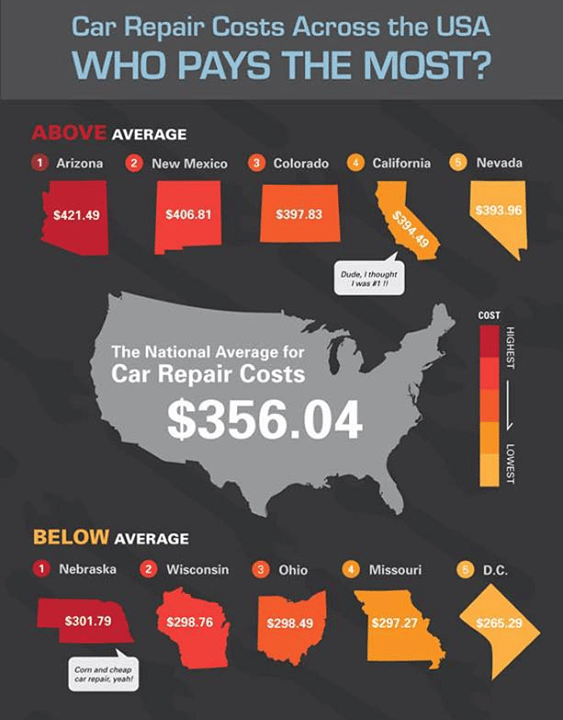Eager To Know What The Control Panel Warning Lights In Your Cars And Truck Represent? Discover Their Meanings For The Well-Being And Safety And Security Of Your Automobile
Eager To Know What The Control Panel Warning Lights In Your Cars And Truck Represent? Discover Their Meanings For The Well-Being And Safety And Security Of Your Automobile
Blog Article
Post Composed By-Boye Kejser
When you're behind the wheel, those beautiful warning lights on your dashboard can be a bit complicated. Do you understand what they're attempting to tell you concerning your car's wellness? Understanding the significance of these lights is vital for your security and the durability of your car. So, the next time one of those lights appears, would not you intend to decipher its message accurately and take the necessary actions to resolve it?
Common Warning Lighting and Interpretations
Determine common caution lights in your cars and truck and comprehend their definitions to make certain risk-free driving.
The most common warning lights include the check engine light, which indicates problems with the engine or emissions system. If this light comes on, it's vital to have your vehicle examined promptly.
The oil stress advising light shows low oil stress, requiring prompt attention to avoid engine damage.
A blinking battery light may recommend a damaged charging system, possibly leaving you stranded if not attended to.
The tire pressure monitoring system (TPMS) light alerts you to low tire stress, influencing vehicle stability and fuel performance. Neglecting this could cause hazardous driving conditions.
The abdominal muscle light suggests a problem with the anti-lock stopping system, compromising your capability to quit swiftly in emergencies.
Last but not least, the coolant temperature advising light warns of engine getting too hot, which can lead to serious damage otherwise resolved quickly.
Comprehending these common caution lights will certainly aid you deal with concerns without delay and keep safe driving conditions.
Value of Prompt Interest
Comprehending the common warning lights in your automobile is just the primary step; the importance of without delay resolving these cautions can not be emphasized sufficient to ensure your security when driving.
When a warning light brightens on your dashboard, it's your cars and truck's way of communicating a prospective issue that needs focus. Ignoring these cautions can result in much more severe troubles in the future, jeopardizing your safety and security and potentially costing you a lot more out of commission.
Motivate focus to alerting lights can protect against malfunctions and crashes. For instance, a flashing check engine light might indicate a misfire that, if left neglected, can trigger damage to the catalytic converter. Resolving this without delay can save you from an expensive fixing.
Similarly, a brake system warning light might indicate low brake liquid or worn brake pads, critical elements for your safety and security when driving.
DIY Troubleshooting Tips
If you see a warning light on your dashboard, there are a few do it yourself fixing suggestions you can try prior to seeking expert aid.
The very first step is to consult your auto's manual to comprehend what the specific caution light suggests. Sometimes the issue can be as straightforward as a loose gas cap triggering the check engine light. Tightening up please click the following webpage may resolve the trouble.
One more usual issue is a low battery, which can set off different warning lights. Examining the battery links for deterioration and ensuring they're safe and secure could fix the trouble.
If a caution light continues, you can attempt resetting it by detaching the auto's battery for a couple of mins and afterwards reconnecting it. In addition, inspecting your vehicle's liquid levels, such as oil, coolant, and brake liquid, can help troubleshoot cautioning lights connected to these systems.
try this out
In conclusion, understanding your auto's warning lights is necessary for maintaining your car running efficiently and safely. By promptly addressing these alerts and knowing what they suggest, you can avoid costly repairs and prospective malfunctions.
Remember to consult your auto's guidebook for certain information on each alerting light and do something about it appropriately to make certain a hassle-free driving experience.
Keep notified, remain risk-free on the road!
